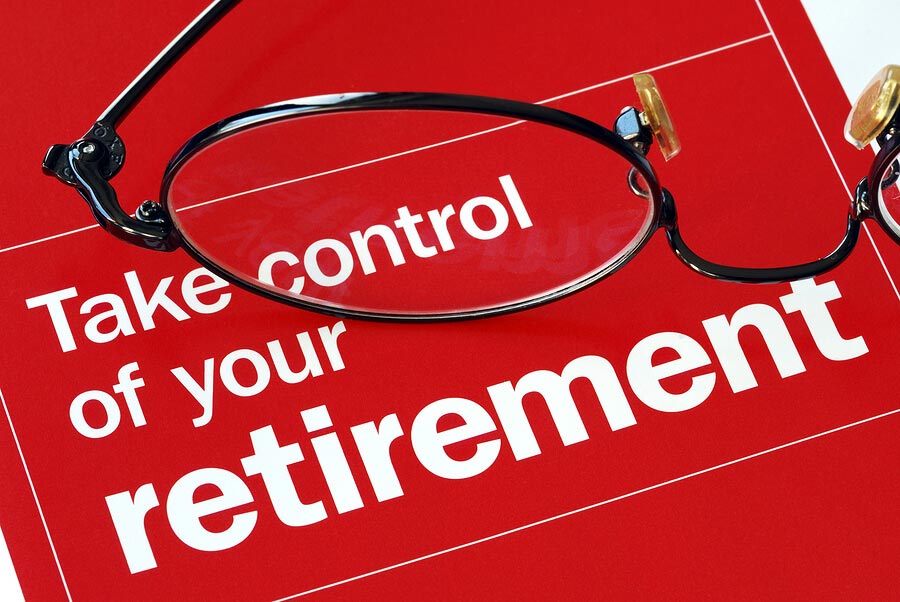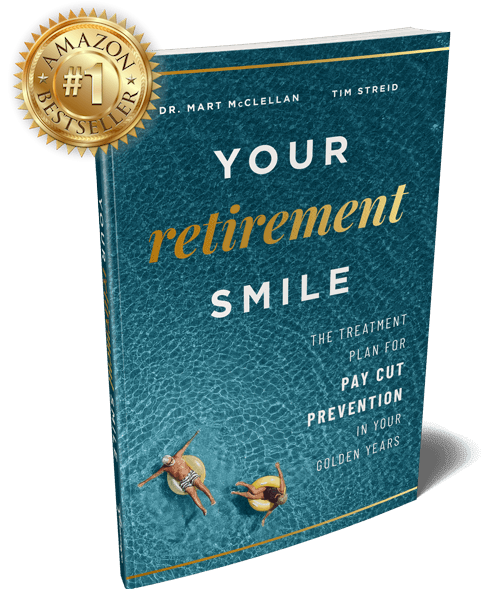How can you make the most of your money? If you want a secure financial future – and who doesn’t – then you should ask yourself this question.
One common approach to make the most of your money is to ruthlessly cut expenses to the bone and stick to a draconian budget. Another approach is to max out your retirement account every year; yet another is to automatically reinvest interest and dividends you earn.
But when we work with our clients, many of whom are successful dentists, we don’t recommend any of these approaches. Instead, we talk about how the best way to make the most of your money is to keep your money in motion.
What is Money in Motion?
Just as blood needs to circulate in order to keep the body alive, so, too, does money need to stay in motion. Money that stagnates in one place goes stale and prevents you from reaching your full potential when it comes to building wealth.
Yet this is exactly what most people do, because it’s exactly what they’ve been taught. Financial experts almost all say the same thing: take the money you’ve earned and put it into a retirement account that can’t be touched (without incurring a penalty) for years, possibly decades, depending on your age. Or invest it and don’t touch those investments until retirement.
This “set it and forget it” approach is appealing because it requires so little effort. But it means that each dollar you’ve put into that account has now been used just once to build your wealth.
Why is this a problem? Because it’s not the best way to make the most of your money. It’s certainly not how the financial institutions, corporations, and government (which we collectively call “the rainmakers”) make theirs.
How the Rainmakers Do It
When you deposit $10,000 into a savings account, the bank does not literally put your $10,000 into the vault for safekeeping and let it sit there. Instead, it takes your money and makes more money off of it, mainly in the form of loans to other customers. It gives you a very low interest rate while making a lot of money off your one-time deposit, all because it’s keeping that money in motion.
We find it interesting that the institutions that advise individuals like us to lock away our money for our own good for long periods of time are doing the exact opposite – and making a lot of money in the process.
Making the Most of Your Financial Future
Now that you know how rainmakers make money by keeping it in motion, don’t you want to do the same? You can build the wealth and have the retirement you want without resorting to severe budgeting or locking away your money for decades.
You can read more about money in motion and how to set yourself up for retirement without a pay cut in our book, Your Retirement Smile, or visit our website to learn more.










